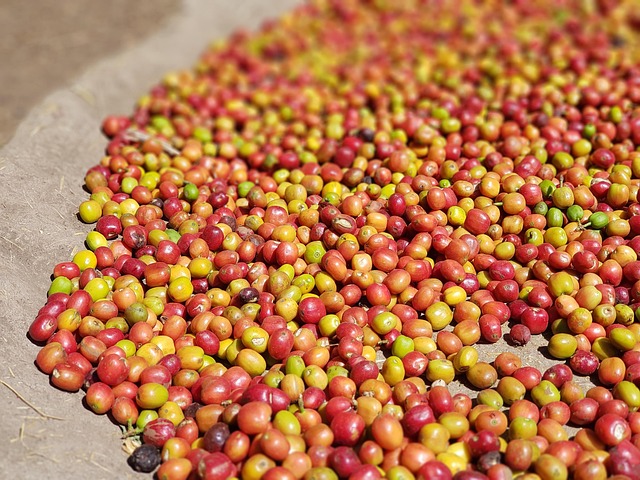
“Mastering the Art of Data Processing: A Coding Guide”
Mastering the Art of Data Processing: A Coding Guide
In the world of coding, processing data efficiently is nothing short of an art form. It’s where creativity meets logic, and where the ability to transform raw information into meaningful insights sets apart a good developer from a great one. Whether you’re working with big data sets, real-time streams, or simple file manipulations, mastering data processing is essential for anyone passionate about coding.
Understanding the Essence of Data Processing
At its core, processing is about taking input, performing operations on it, and producing output — but it goes far beyond just executing instructions. It’s about designing algorithms, optimizing performance, and ensuring the data remains accurate and consistent throughout its journey. When you think about processing in coding, you’re stepping into a mindset that balances precision with efficiency.
Key Principles to Embrace
- Clarity: Write code that clearly conveys what processing steps are happening. It’s easier to debug and onboard new team members.
- Efficiency: Optimize your code to handle data swiftly, especially when dealing with large-scale datasets.
- Scalability: Prepare your processing pipelines to expand seamlessly as data volumes grow.
- Robustness: Anticipate unexpected data formats and build safeguards that prevent errors.
Tools and Techniques for Effective Data Processing
Learning the right tools can elevate your processing capabilities. Here are some popular options every coder should explore:
- Python and Pandas: Known for their simplicity and rich functionality, ideal for structured data.
- Apache Spark: Powerful for distributed data processing enabling high-speed analytics.
- SQL: The backbone of querying and manipulating database data efficiently.
- Stream Processing Frameworks: Such as Apache Kafka and Flink, perfect for real-time processing.
Practical Coding Tips
Here are some takeaways to help you refine your processing workflows:
- Break down problems: Start with small, manageable chunks of data and processing steps.
- Use vectorized operations: Wherever possible, operate on whole data arrays rather than looping individually.
- Profile your code: Identify bottlenecks and optimize slower parts of your processing pipeline.
- Keep learning: Processing technologies evolve rapidly; stay updated by reading docs, tutorials, and following coding communities.
Processing is more than managing data — it’s about crafting elegant solutions that transform potential chaos into clarity. By embracing it as an art as much as a science, you’ll find greater satisfaction and impact in your coding journey.



